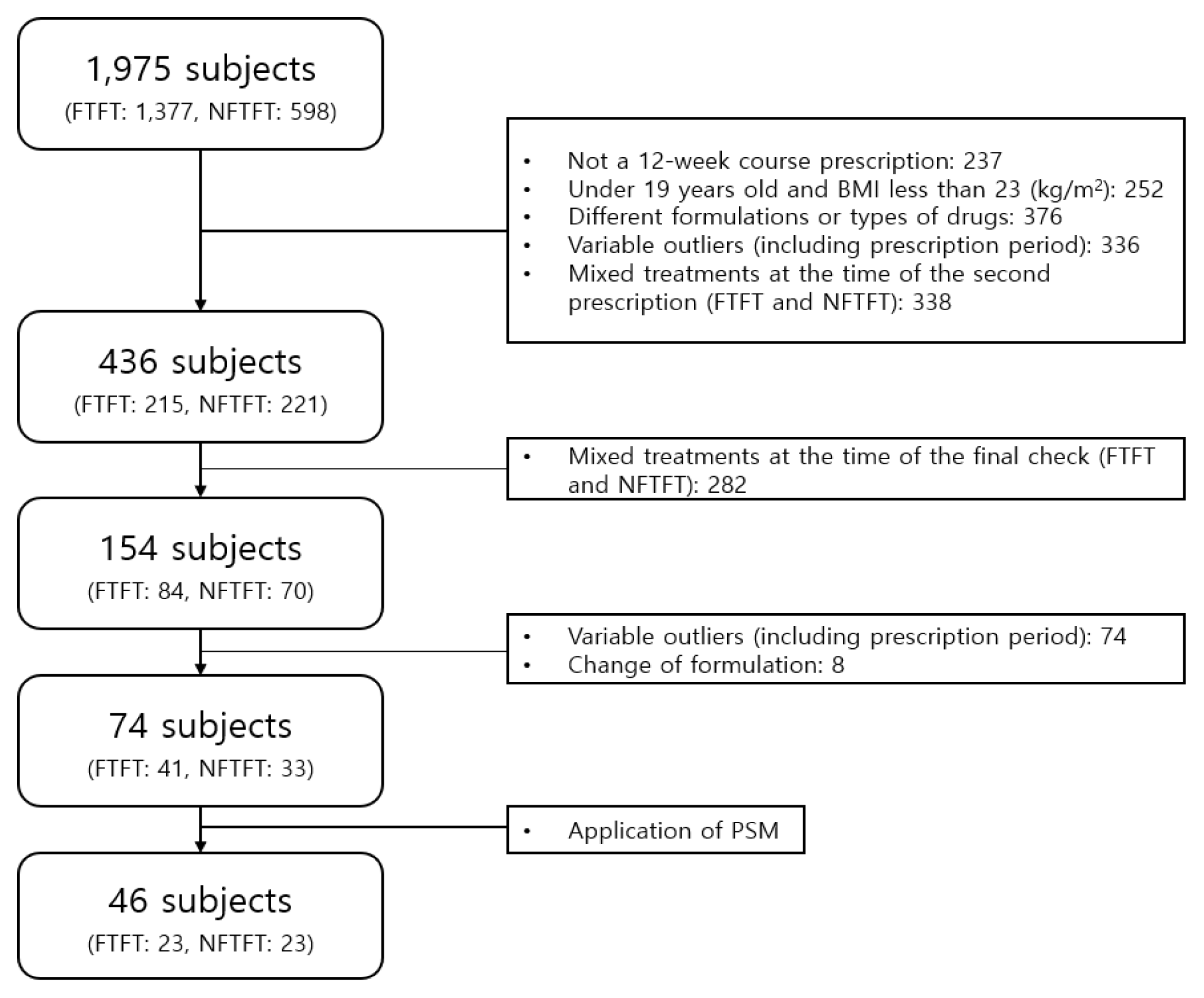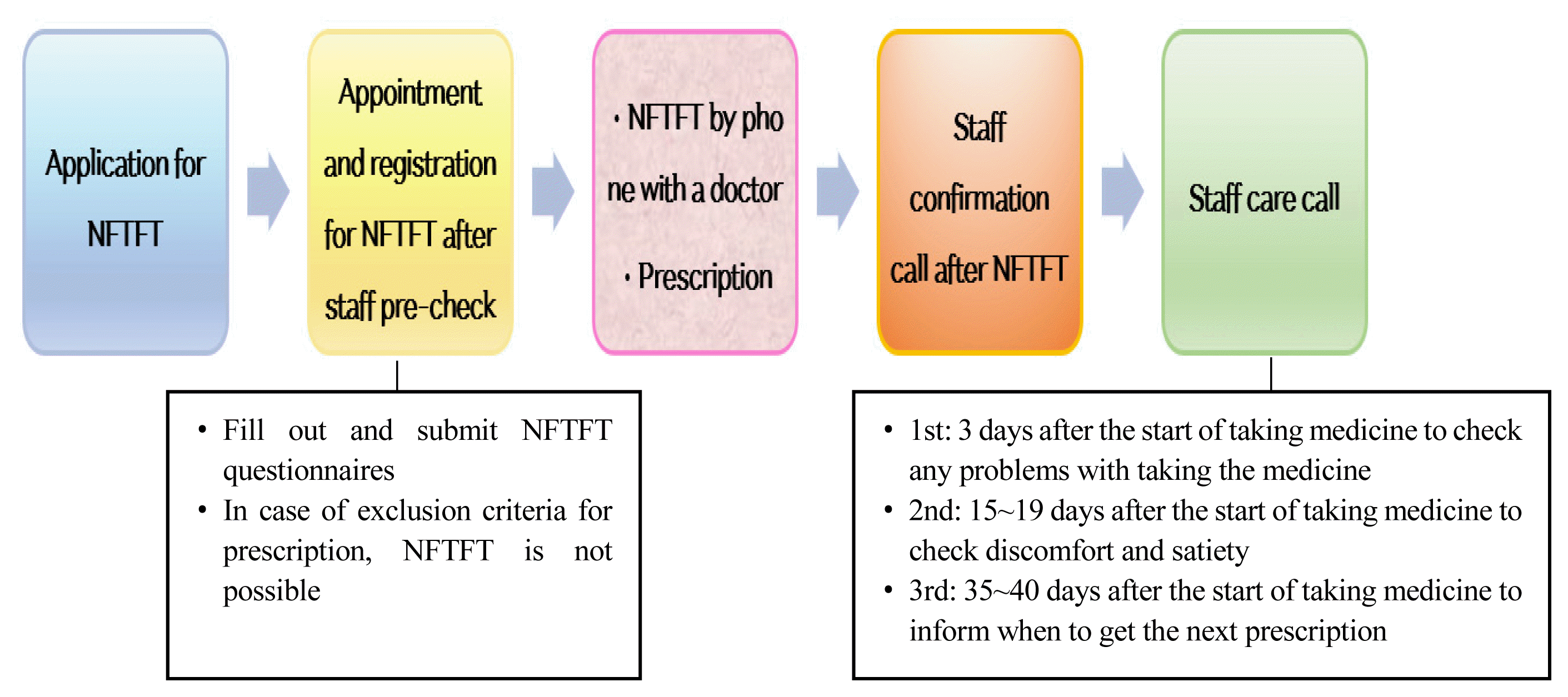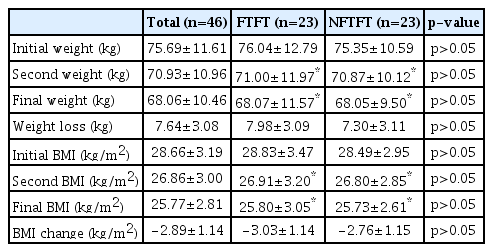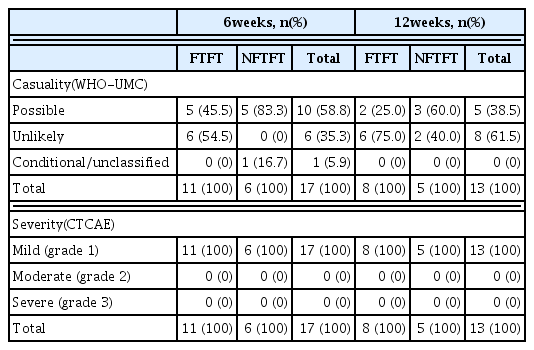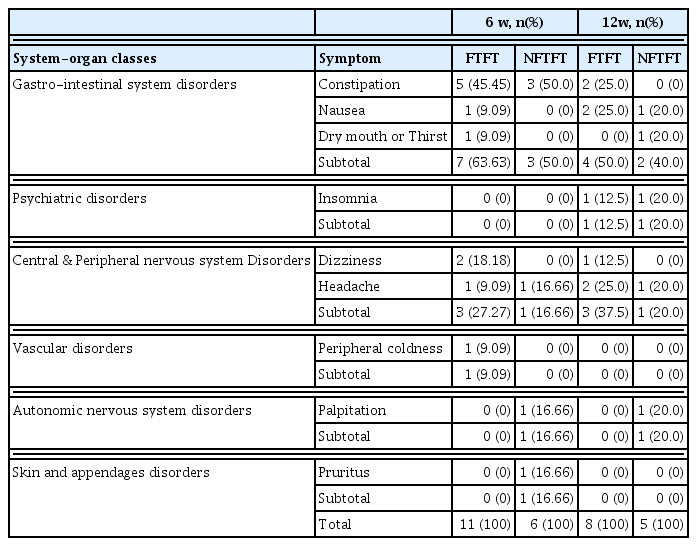References
1. World Health Organization. Telemedicine: opportunities and developments in member states. Report on the second global survey on eHealth 2010;
2. Lee J.. 2020;The recent trends in telemedicine in the era of COVID-19 and policy recommendations for the balanced growth of healthcare service industry in Korea. JCCT 6(4):591–598.
DOI:
https://doi.org/10.17703/JCCT.2020.6.4.591
.
3. Baek K.. 2020;A study on telemedicine in the United States: focusing on implications for countermeasures about COVID-19. Kyungpook Natl. Univ. Law Journal 70:363–386.
10.17248/knulaw..70.202007.363.
4. Wall K.C., Politzer C.S., Chahla J., Garrigues G.E.. 2020;Obesity is associated with an increased prevalence of glenohumeral osteoarthritis and arthroplasty: A cohort study. Orthop Clin N Am 51(2):259–264.
10.1016/j.ocl.2019.12.001.
5. Kolb R., Sutterwala F.S., Zhang W.. 2016;Obesity and cancer: inflammation bridges the two. Curr Opin Pharmacol 29:77–89.
10.1016/j.coph.2016.07.005.
6. Zhou Y., Chi J., Lv W., Wang Y.. 2021;Obesity and diabetes as high-risk factors for severe coronavirus disease 2019 (Covid-19). Diabetes Metab Res Rev 37(2):e3377. 10.1002/dmrr.3377.
7. Won S., Lee M., Moon S., Jung H., Ki J., Park S., et al. 2021;The necessity of analyzing the effectiveness of temporary non-face-to-face treatment. 2021 Analysis of National Assembly Audit Issues 9:37–38.
8. Lee A., Lee D., Kim M., Lee H., Choi K., Kim S., et al. 2021;Gamitaeeumjowee-tang for weight loss in diabetic patients: A retrospective chart review. J Korean Med 42(1):46–58.
DOI:
https://doi.org/10.13048/jkm.21004
.
10. Yoon N., Yoo Y., Kim M., Kim S., Lim Y., Lim H., et al. 2018;Analysis of adverse events in weight loss program in combination with ‘Gamitaeeumjowee-tang’ and low-calorie diet. J Korean Med Obes Res 18(1):1–9.
DOI:
https://doi.org/10.15429/jkomor.2018.18.1.1
.
11. Park Y., Cominguez D., Kim H., Jin J., Koh D., Kim S., et al. 2021;Therapeutic effects of Gambi-jung for the treatment of obesity. Biomed Pharmacother 141:111838. 10.1016/j.biopha.2021.111838.
12. Lee E., Park Y., Lim Y., Kim S.. 2020;The association between sleep and weight loss among adult women with obesity administered with Gamitaeeumjowee-tang. J Korean Med 41(3):22–31.
DOI:
https://doi.org/10.13048/jkm.20023
.
13. Korea Institute of Drug Safety & Risk Reaction Management. Adverse Drug Assessment Report 1st edth ed. Seoul: Korea Institute of Drug Safety & Risk Management; 2013. p. 60–3.
14. National Cancer Institute. National Institute of Health. U.S. DEPARTMENT OF HEALTH AND HUMAN SERVICES. Common Terminology Criteria for Adverse Events (CTCAE) Version 4.0 2010.
15. Korea Institute of Drug Safety & Risk Management. Terminology Guide for Reporting Adverse Drug Reactions Seoul: Korea Institute of Drug Safety & Risk Management; 2014. p. 1–6.
16. Kim E., Lim Y., Park Y., Kang J., Kim S.. 2022;Prediction of initial average weight loss in overweight and obese people taking Gamitaeeumjowi-tang. Korean J Subhealth Med 3(1):13–22.
DOI:
https://doi.org/10.37928/kjsm.2022.3.1.13
.
17. Han J., Park Y.. 2019;Analysis of Factors Influencing Obesity Treatment according to Initial Condition and Compliance with Medication. J Korean Med Obes Res 19(1):31–41.
DOI:
https://doi.org/10.15429/jkomor.2019.19.1.31
.
18. Choi Y.. 2020;A study on the introduction of telemedicine-Coronavirus disease 2019 and the need for the introduction of telemedicine-. International law review 12(1):113–137.
10.36727/jjilr.12.1.202005.005.
19. Fleischman A., Hourigan S.E., Lyon H.N., Landry M.G., Reynolds J., Steltz S.K., et al. 2016;Creating an integrated care model for childhood obesity: a randomized pilot study utilizing telehealth in a community primary care setting. Clin Obes 6(6):380–388.
10.1111/cob.12166.
20. Perri M.G., Shankar M.N., Daniels M.J., Durning P.E., Ross K.M., Limacher M.C., et al. 2020;Effect of telehealth extended care for maintenance of weight loss in rural US communities: a randomized clinical trial. JAMANetwOpen 3(6):e206764. 10.1001/jamanetworkopen.2020.6764.
21. Johnson K.E., Alencar M.K., Coakley K.E., Swift D.L., Cole N.H., Mermier C.M., et al. 2019;Telemedicine-based health coaching is effective for inducing weight loss and improving metabolic markers. Telemed J E Health 25(2):85–92.
10.1089/tmj.2018.0002.
22. Befort C.A., VanWormer J.J., Desouza C., Ellerbeck E.F., Gajewski B., Kimminau K.S., et al. 2021;Effect of behavioral therapy with in-clinic or telephone group visits vs in-clinic individual visits on weight loss among patients with obesity in rural clinical practice: A Randomized Clinical Trial. JAMA 325(4):363–372.
10.1001/jama.2020.25855.
23. Jeong J., Jeon J., Bae K., Choi Y., Park K., Kim J., et al. 2018;Smart Care Based on Telemonitoring and Telemedicine for Type 2 Diabetes Care: Multi-Center Randomized Controlled Trial. Telemed J E Health 24(8):604–613.
10.1089/tmj.2017.0203.
24. Margolis K.L., Asche S.E., Bergdall A.R., Dehmer S.P., Groen S.E., Kadrmas H.M., et al. 2013;Effect of home blood pressure telemonitoring and pharmacist management on blood pressure control: a cluster randomized clinical trial. JAMA 310(1):46–56.
10.1001/jama.2013.6549.
25. Donnelly J.E., Goetz J., Gibson C., Sullivan D.K., Lee R., Smith B.K., et al. 2013;Equivalent weight loss for weight management programs delivered by phone and clinic. Obesity (Silver Spring). 21(10):1951–9.
10.1002/oby.20334.
26. Hwang M., Shin H., Song M.. 2007;Literature review of herbal medicines on treatment of obesity since 2000;mainly about Ephedra Herba. J Korean Med Obes Res 7(1):39–54.
30. Pellegrini D., Torlasco C., Ochoa J.E., Parati G.. 2020;Contribution of telemedicine and information technology to hypertension control. Hypertens Res 43(7):621–628.
10.1038/s41440-020-0422-4.
